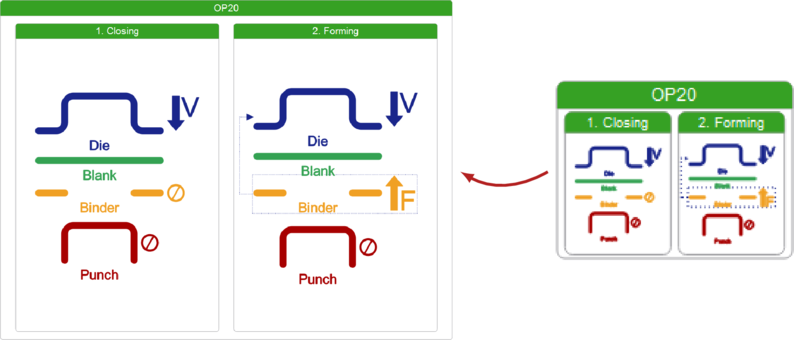
Simply put-the user interface is baffling. I was tempted to throw my hands up in despair on more than one occasion. While Wacom’s Sketch Manager technically accomplishes a number of great things-you can separate drawings into layers after the fact, line by line watch a timelapse of your sketch and export it to other programs-it does so in the most technically incomprehensible, confusing, and counter-intuitive manner possible.
Enable pressure sensitivity in illustrator inklet software#
My praise for the pen, however, is dampened by the downright clunky piece of software it interacts with. If you work entirely in vector programs like Illustrator, it’s surprisingly simple to transform that initial sketch into a polished drawing. Though the pen isn’t the best for writing (see my earlier comment about the Inkling’s receiver not accurately recognizing small details), it’s a wonderful tool for first draft sketches. Sure, it takes a little getting used to, but the adjustment period was much shorter for me than my first experience with drawing on a Wacom tablet or an iPad. If your fingers get in the way of the receiver, you can easily move it to a different side of the page and because you can add layers in the software, I rarely worry about making layers mid-drawing.Īnd while the receiver’s finicky about being physically bumped, as long as it’s securely attached to the canvas you’re using, I found no problem drawing at a raised angle (on my lap, say) or rotating the page to add a detail. Once I discovered these little quirks, however, they became easy to avoid. It would have been better to find a way to add that button to the pen itself-the less interference with the receiver, the better. And, unsurprisingly enough, when you press the button, the receiver moves ever so slightly, throwing off the virtual canvas. Now, you can do the same thing during a drawing by pressing the Layer button-which happens to be on the right side of the receiver. Sloppy writing: The Inkling receiver can’t detect lines on a smaller scale as well as it can when working with longer strokes, making it ill-suited for casual note-taking.

Like most other digital drawing products, the Inkling does best when your drawings are larger: You’re likely to capture many more line subtleties drawing a face on an 8-inch scale than on a 1- or 2-inch scale. Portal franchise-imported almost line-for-line, minus some facial detail work I attempted toward the end. The first test sketch I made-a 10-minute doodle of Chell, from the Thinking with portals: On the left, the Inkling’s import on the right, the original drawing with the pen. For example, you can calibrate the pressure of your pen and the ballpoint diameter signal the angle at which you want to place your receiver on the paper and choose the size canvas you want, but I chose to dive in without worrying about calibration, and got impressive results.

If you want, you can tweak pen and receiver settings within the Sketch Manager app before getting started.

I had only to turn on both receiver and pen, and they recognized each other instantly, letting me get right to work.

This process works astoundingly well: I was doodling mere minutes after taking the Inkling out of its packaging.


 0 kommentar(er)
0 kommentar(er)
